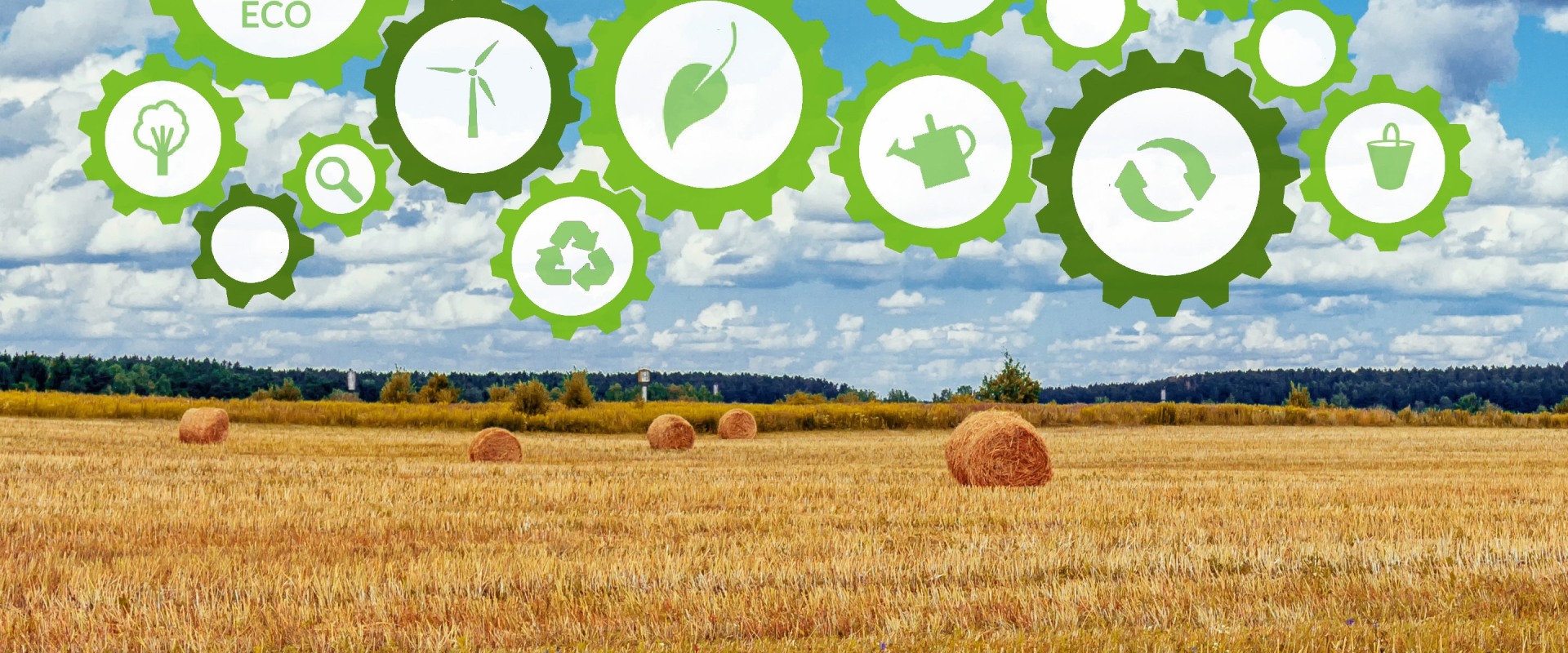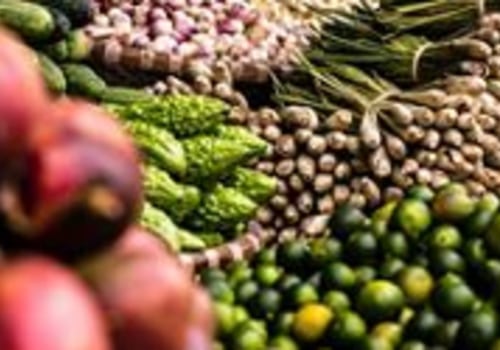The food system is a complex network of activities that involve production, processing, transportation, and consumption. It is a vast network that encompasses topics such as the governance and economics of food production, its sustainability, the degree to which we waste food, how food production affects the natural environment, and the impact of food on individual and population health. The food system can be broken down into smaller systems such as economic, social, energy, marketing, and financing systems. These systems can be classified as traditional, modern, or intermediate.
For example, the modern food system in the United States is characterized by specialized farms, businesses, and merchants that operate on a large scale. The food system includes all of the steps it takes to move food from point A to point B along a supply chain. This includes work and transportation to politics and climate. Local food systems are networks for the production and consumption of food that are geographically and economically accessible and direct.
Organic food systems are based on organic food or foods that are produced without using conventional pesticides, fertilizers made with sewage sludge or synthetic ingredients, bioengineering, or ionizing radiation. Sustainable food systems are those that focus on reducing food transportation and more direct marketing while also reducing the amount of packaging, waste, and transportation required to produce, store, and bring food to where it is sold. The idea of a food system encompasses all the possible questions, challenges, and consequences of food production and consumption. Organic processors must understand the organic state of each ingredient they use for human consumption or animal feed; only products made with a certain threshold of organic ingredients can obtain the organic label.
The United States is an example of a domestic food system that can buy and transport food products from abroad to feed its population. Fair trade has emerged in global food systems to create a more equitable balance between the price of food and the cost of its production. The wholesale food industry buys processed value-added products from domestic and international producers and stores them in warehouses until they are ready to be delivered to food companies and supermarket shelves. Conventional food systems are able to consistently provide safe and reliable food products from year to year through a combination of technology, skill, and organization. The 1996 World Food Summit defined food security as a state in which all people have physical and economic access to sufficient, safe, and nutritious food to meet their dietary needs.









